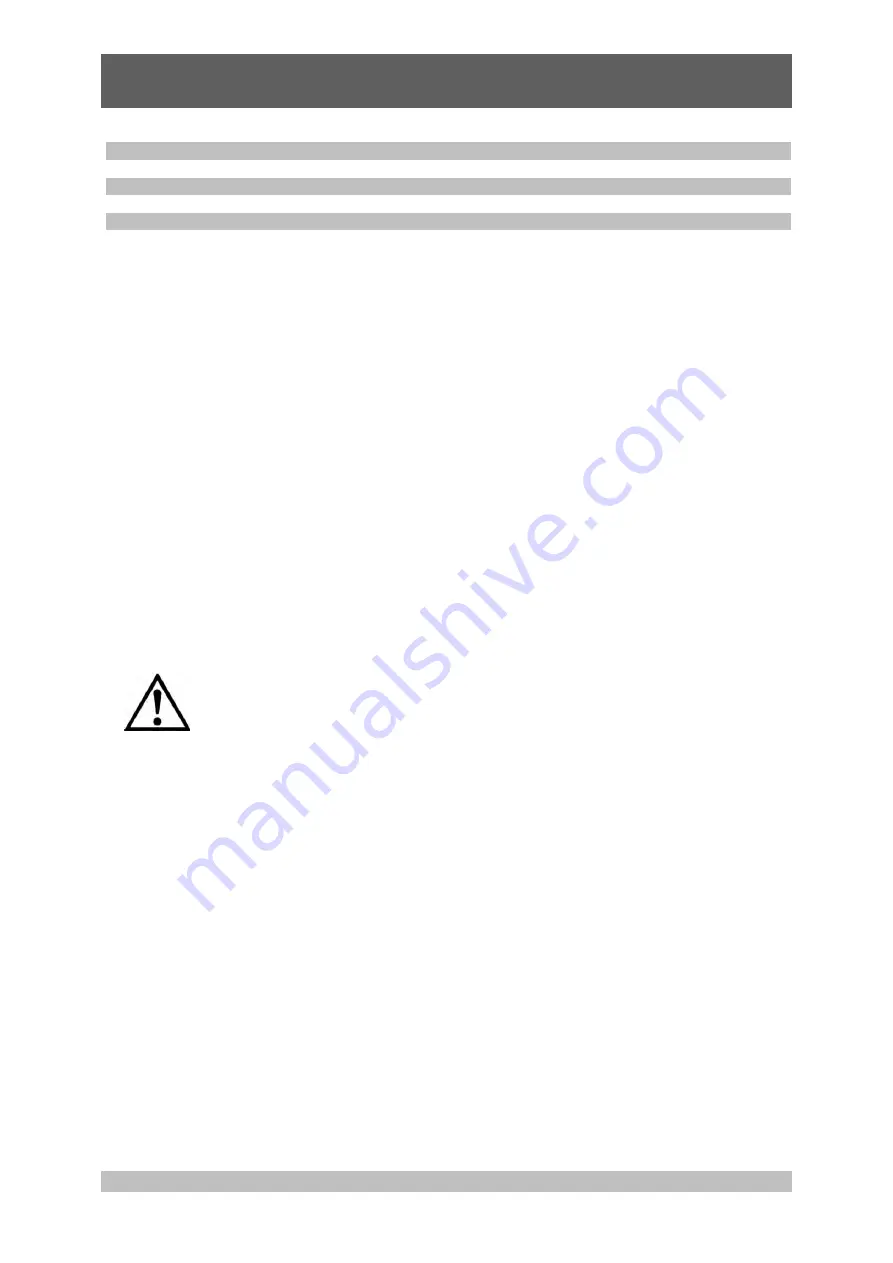
Deadweight Tester / Pressure Balance
GB
LR-
Cal
LDW-H
Operating Instructions
LR-
Cal
LDW-H
25
5. Maintenance and Care
.
5.1 Cleaning
.
5.1.1 Piston-cylinder system
.
To provide a method of cleaning piston units if they are to be put in storage for a length of time, are
being used on different pressure mediums or possibly not functioning correctly due to contamination.
Introduction
The accuracy of a dead-weight tester depends primarily on the effective area of the piston unit and on
the weights applied to the piston. The effective area of the piston unit can be affected by wear of the
unit. This is generally caused by contamination of the oil in the tester by foreign matter from
instruments being calibrated, by water, or by chemicals from instruments, or by rust or corrosion
caused by contaminants.
Tools Required
The following sections describe the necessary tools to dis-mantle the piston units for cleaning. This
part provides details of consumables that will be required to ensure the unit operational capacity is not
degraded.
Degreasing Fluid:
There are many different types of degreasing agents in commercial use. The fluid that should be used
is one that does not leave any residue on the highly polished piston or cylinder surfaces.
Cleaning Cloth:
Cloth used should not leave any particles in use. ‘Lint-Free’ cloth is the preferred material to use.
Do not use any polishing compounds to remove any marks on the piston or
cylinder. Use of such compounds, will alter its size, and thus change the
calibrated effective area of the piston unit.
We recommend you to clean the piston-cylinder systems after every use as needed. Poor sensitivity
or short free turning duration are indications the system needs to be cleaned.
To do this, remove the piston-cylinder system from the base and disassemble it as described in the
following references.






























